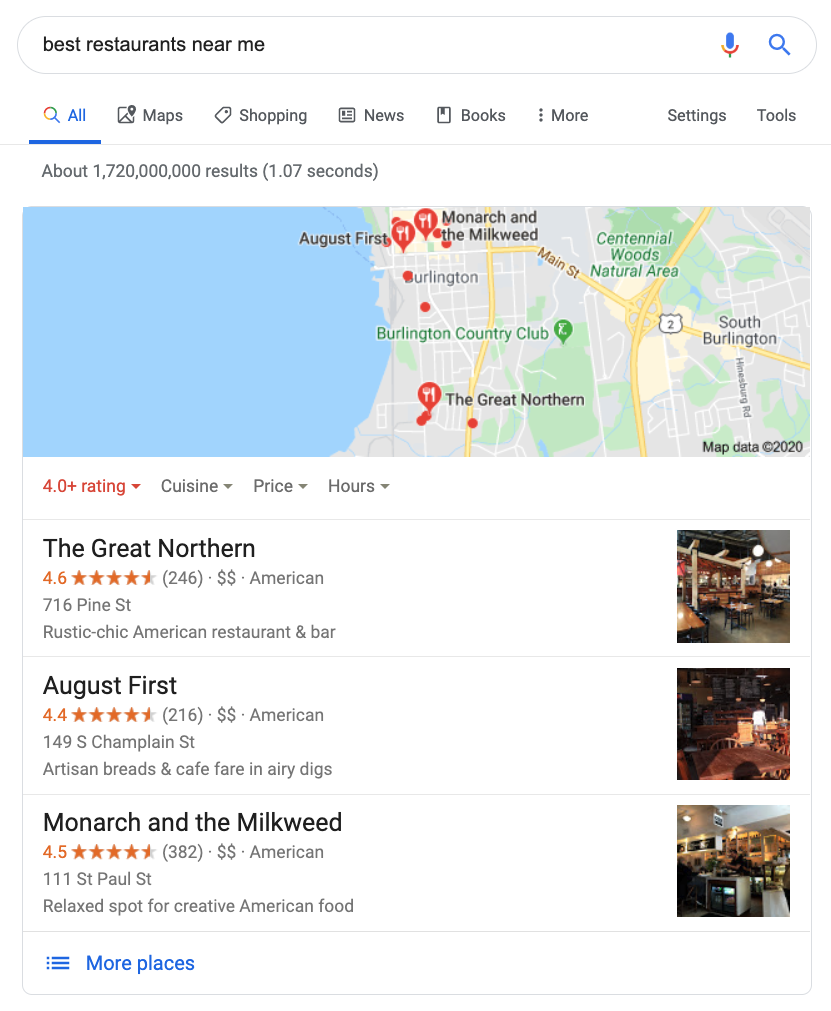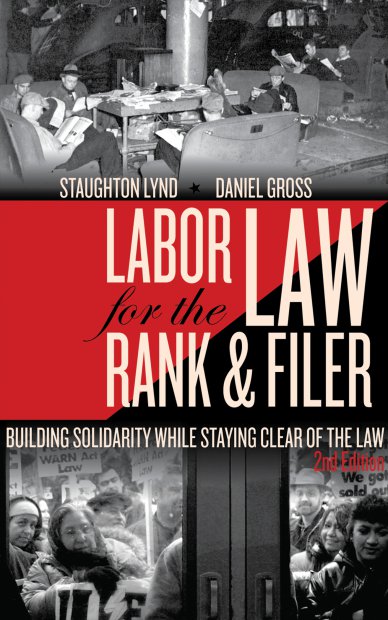Determining Fault in a Car Accident
Brace yourself, my friend. Crash time brings a whirlwind of confusion, but don’t lose grip. Seeking compensation after a car crash starts with unraveling this tangled knot: “Who’s to blame?”
Negligence: A Key Ingredient
In the realm of car accidents, fault often hinges on negligence. What’s that? Think of it as failing to do what a “reasonable” driver would have in similar circumstances. It’s like driving with your eyes closed – not a good idea! Negligence comes in many flavors: speeding, running red lights, texting while driving… the list is as long as a grocery line on a Saturday night.
Proving negligence can be a tricky puzzle. Police reports, witness statements, and even dashcam footage can piece together the accident’s story. But hold your horses, there’s more to it than meets the eye.
Comparative negligence is a wild card that can change the game. In most states, you can still seek compensation even if you’re partly responsible for the crash. But here’s the catch: your compensation might take a hit, depending on your share of the blame. So, if you were daydreaming at the wheel, your compensation could get a haircut.
Contributory Negligence: The Ultimate Obstacle
In some states, contributory negligence is like a brick wall. If you’re even slightly at fault for the crash, your compensation hopes could be dashed like a dream. This can be a harsh reality, leaving you with the short end of the stick.
Now, let’s not get bogged down in legal jargon. Remember, the key is to understand who’s responsible for the accident. It’s like a detective’s job, but with screeching tires and dented fenders. Armed with this information, you can confidently navigate the road to compensation.
In a Car Accident, Who Is at Fault?
If you’re involved in a car accident, determining who’s at fault is crucial. It can impact your insurance premiums, legal liability, and even your ability to recover damages. But how do you determine fault?
The Basics of Fault
In most states, fault is determined based on the concept of negligence, the failure to exercise reasonable care while driving. Negligence can take many forms, such as speeding, running red lights, driving under the influence, or failing to yield. To prove negligence, the injured party must show that the other driver:
- Owed them a duty of care (all drivers owe other drivers a duty of care)
- Breached that duty by acting negligently
- Their negligence caused the accident
- The accident caused their injuries or damages
Common Factors Affecting Fault
Determining fault can be complex, and several factors can come into play:
- Traffic Laws: Violating traffic laws, such as running a red light or speeding, is often considered strong evidence of negligence.
- Witness Statements: Eyewitness accounts can be valuable in establishing what happened and who was at fault.
- Police Reports: Police officers at the scene of the accident will typically prepare a report that includes their observations, witness statements, and conclusions about fault.
- Expert Testimony: Accident reconstruction experts can provide technical analysis to help determine how the accident occurred and who was at fault.
Contributory Negligence
In some states, the doctrine of contributory negligence applies. This means that even if the other driver was negligent, you may be barred from recovering damages if you also contributed to the accident by being negligent yourself. For example, if you were speeding and ran a red light, you may be considered partially at fault, reducing your recovery.
Comparative Negligence
Most states, however, follow the rule of comparative negligence. Under comparative negligence, the injured party’s damages are reduced in proportion to their degree of fault. For example, if you were 20% at fault for the accident, your recovery would be reduced by 20%.
Conclusion
Determining fault in a car accident can be challenging, but by understanding the legal principles and common factors involved, you can better protect your rights and ensure a fair outcome. If you’ve been injured in an accident, it’s essential to consult with an experienced attorney for guidance.
In a Car Accident, Who’s at Fault?
When you’re involved in a car accident, the first thing you’re probably wondering is who’s to blame. After all, you don’t want to get stuck with the bill for someone else’s negligence. But figuring out who’s at fault for a car accident can be a complicated process.
In most cases, the driver who caused the accident will be liable for the damages. This means they’ll be responsible for paying for the other driver’s medical bills, property damage, and other expenses. But there are some exceptions to this rule. For example, if the other driver was driving recklessly or under the influence of alcohol, you may be able to hold them liable even if you were partially at fault for the accident.
There are many factors that can contribute to a car accident, and determining who is at fault is often not a simple process. If you’ve been involved in a car accident, it’s important to gather as much evidence as possible. This will help you prove your case if you need to file a claim with your insurance company or take the other driver to court.
Proving Negligence
To prove negligence, the injured party must show that the other driver owed them a duty of care, breached that duty, and caused their injuries or damages as a result. Let’s take a closer look at each of these elements.
**Duty of Care**: Every driver owes a duty of care to other drivers, pedestrians, and cyclists. This means that they must drive in a reasonable manner and take precautions to avoid causing accidents.
**Breach of Duty**: A driver breaches their duty of care when they fail to act in a reasonable manner. This can include driving too fast, failing to yield the right of way, or driving under the influence of alcohol or drugs.
**Causation**: The injured party must also show that the other driver’s negligence caused their injuries or damages. This can be a difficult element to prove, especially if the accident was caused by multiple factors. However, an experienced attorney can help you gather the evidence you need to prove causation.
Who’s at Fault in a Car Accident?
After a car accident, one of the first questions that comes to mind is who is at fault. Figuring out who’s responsible for the crash is crucial because it determines who is liable for damages, injuries, and other expenses. Determining fault in a car accident can be complex, as it often involves multiple factors and varying state laws.
Negligence
At the core of most car accident fault determinations lies the concept of negligence. Negligence is the failure to exercise reasonable care and caution while operating a vehicle. This means that if a driver’s actions fall below the standard of care expected of a prudent driver under similar circumstances and those actions cause an accident, then they may be deemed negligent.
Comparative Fault
In some states, the concept of comparative negligence is used, which allows both parties to be found partially at fault for an accident. This means that even if one driver is more at fault than the other, the other driver may still be held responsible for a percentage of the damages. Comparative negligence laws vary by state, with some states using a 50% bar rule and others using a pure comparative negligence rule.
Determining Fault
Determining fault in a car accident involves investigating the circumstances surrounding the crash. This may include reviewing police reports, witness statements, and evidence from the scene. Insurance companies often conduct their own investigations to determine fault and liability for insurance claims.
Fault and Liability
Once fault has been determined, it can impact liability for damages. The driver who is found to be at fault is typically held responsible for compensating the other driver for damages, including medical expenses, property damage, and lost wages. In some cases, multiple parties may be found at fault, and liability may be shared.
Who Is at Fault in a Car Accident?
Car accidents can be a frightening and confusing experience, and determining who is at fault can add to the stress. Several factors play a role in assigning fault, including driver behavior, traffic laws, and insurance policies.
Insurance and Fault
Insurance companies play a major role in determining fault and assigning liability in car accidents. They investigate the accident, gather evidence, and negotiate settlements. The at-fault driver’s insurance company is typically responsible for paying for the damages caused by the accident.
State Laws and Fault
In most states, fault is determined based on the legal doctrine of negligence. Negligence is the failure to act as a reasonable person would under the same circumstances. To prove negligence, the injured party must show that the at-fault driver owed them a duty of care, breached that duty, and caused their injuries.
Comparative Fault
In some states, multiple parties can be found at fault for an accident. This is known as comparative fault or comparative negligence. Under comparative fault laws, the amount of compensation awarded to the injured party is reduced in proportion to their own fault. For example, if an injured party is found to be 20% at fault for an accident, they may only be entitled to 80% of their damages.
Contributory Negligence
In a handful of states, contributory negligence is a complete bar to recovery. This means that if the injured party is found to be even 1% at fault for the accident, they cannot recover any damages from the at-fault driver.
Other Factors
In addition to the above factors, there are several other circumstances that can impact fault determination, including:
– The driver’s blood alcohol concentration (BAC)
– The driver’s speed
– The condition of the road
– The weather conditions
– The presence of any witnesses
If you have been involved in a car accident, it is important to contact an attorney to discuss your legal rights and options. An attorney can help you gather evidence, negotiate with the insurance company, and file a lawsuit if necessary.
In a Car Accident, Who is at Fault?
Determining liability or fault, in a car accident can be a complex and challenging task. Many factors can contribute to an accident, and it is not always clear who is responsible. However, by understanding the legal principles involved, you can better understand who may be at fault in your case.
Duty of Care
All drivers have a legal duty of care to others on the road. This means that they must act reasonably to avoid causing harm to others. A breach of this duty of care can occur when a driver:
- Violates traffic laws
- Drives while intoxicated
- Drives while distracted
- Drives in a reckless or negligent manner
Negligence
Negligence is a legal concept that refers to a failure to exercise the care that a reasonable person would in similar circumstances. In the context of car accidents, negligence can be established if a driver breaches their duty of care and causes harm to another person.
Comparative Negligence
In some jurisdictions, the principle of comparative negligence applies. This means that even if you are partially at fault for an accident, you may still be able to recover damages from the other driver. The amount of damages you can recover will be reduced in proportion to your degree of fault.
Contributory Negligence
In other jurisdictions, the principle of contributory negligence bars recovery of damages if you are found to be even partially at fault for an accident. This means that if you are even slightly negligent, you may not be able to recover any damages from the other driver.
Seeking Legal Help
If you have been involved in a car accident, it is important to seek legal help to ensure your rights are protected. An attorney can help you investigate the accident, determine fault, and negotiate a fair settlement.
Additional Considerations
In addition to the legal principles discussed above, there are a number of other factors that can influence who is at fault in a car accident, including:
- Witness statements
- Police reports
- Accident reconstruction experts
- Insurance company policies
Conclusion
Determining fault in a car accident can be a complex and challenging task. However, by understanding the legal principles involved, you can better understand who may be at fault in your case. If you have been involved in an accident, it is important to seek legal help to ensure your rights are protected.




Leave a Reply